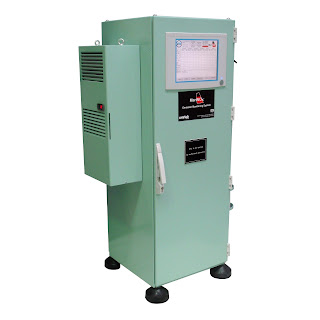An Electronic Chart Display and Information System (ECDIS) is a computer-based navigation system that complies with IMO regulations and can be used as an alternative to paper navigation charts. Integrating a variety of real-time information, it is an automated decision aid capable of continuously determining a vessel’s position in relation to land, charted objects, navigation aids and unseen hazards.
An ECDIS includes electronic navigational charts (ENC) and integrates position information from the Global Positioning System (GPS) and other navigational sensors, such as radar, fathometer and automatic identification systems (AIS). It may also display additional navigation-related information, such as sailing directions.
ECDIS is defined in the IMO ECDIS Performance Standards (IMO Resolution A.817(19)) as follows:
Electronic Chart Display and Information System (ECDIS) means a navigation information system which, with adequate back up arrangements, can be accepted as complying with the up-to-date chart required by regulation V/19 & V/27 of the 1974 SOLAS Convention, by displaying selected information from navigation sensors to assist the mariner in route planning and route monitoring, and by displaying additional navigation-related information if required.
IMO - Solas Chapter V Regulation 19.2
At its 86th session from May 26 to June 5, 2009, the IMO’s Maritime Safety Committee approved new regulations for the mandatory carriage requirements of ECDIS.2.1 All ships irrespective of size shall have:
2.1.4 Nautical charts and nautical publications to plan and display the ship’s route for the intended voyage and to plot and monitor positions throughout the voyage; an Electronic Chart Display and Information System (ECDIS) may be accepted as meeting the chart carriage requirements of this subparagraph
2.1.5 Back-up arrangements to meet the functional requirements of subparagraph 2.1.4, if this function is partly or fully fulfilled by electronic means.
The amendment to SOLAS Chapter V regulation 19.2 will require ships engaged on international voyages to be fitted with ECDIS according to the following timetable:
 |
| ECDIS Compliance Timetable |
.png)













